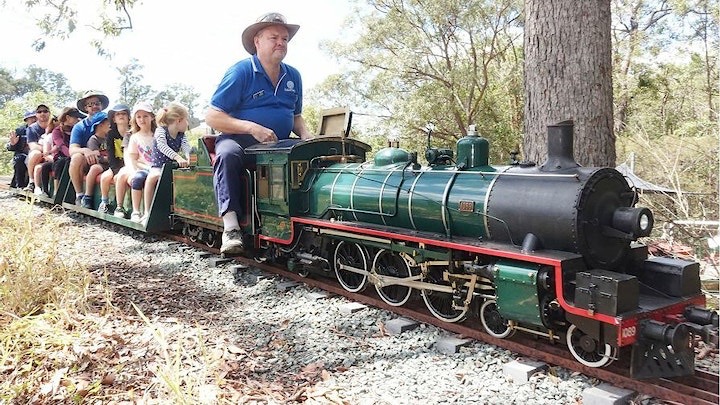Greater Anglia saw even more railway land converted into gardens and wildlife areas last year, thanks to its team of volunteer station adopters across the region.
A recent audit of gardening activity across Greater Anglia’s network revealed that the area of land dedicated to gardens increased by almost 2,000 square metres in 2023.
There are 66 station gardens on the operator’s network, which together now cover an area of more than 9,000 square metres.
In 2023, volunteers created new areas of garden at Acle, Braintree Freeport, Burnham-on-Crouch, Halesworth and Ware.
Each garden provides a vital additional habitat for local wildlife and food for pollinators, as well as making the stations more attractive and welcoming, contributing to human wellbeing too.
In addition, the volunteers also cared for flower planters on platforms, hanging baskets and window boxes at stations across Norfolk, Suffolk, Essex, Cambridgeshire and Hertfordshire and installed bee refuges, insect houses and bird boxes.
The gardens, some of which have been developed over many years, are becoming havens for local wildlife populations – with the railway increasingly being recognised by ecologists as a ‘green corridor’ which provides a sanctuary for many different kinds of flora and fauna.
Greater Anglia station adopters reported a wide range of creatures visiting their stations including many different types of butterflies as well as bees, slow worms, bats, toads, foxes, deer and many varieties of birds, recording over 200 different species.
Greater Anglia’s Customer and Community Engagement Manager, Alan Neville, said, “Thanks to the care and attention of our team of station adopters, we have thousands upon thousands of plants thriving at our rail stations which helps not only to make them more welcoming, but are benefiting the environment too.
“Many of these gardens have been designed to be wildlife friendly, enhancing biodiversity and providing food, shelter and breeding places for many different types of wildlife, helping to improve the local environment and helping our stations to exist more harmoniously with their rural surroundings.”
All of Greater Anglia’s station gardens are pledged to the WildEast movement, which aims to return 20% of the region back to nature by 2050 to help reverse the shocking decline in the area’s native wildlife which is suffering badly from habitat loss.
Statistics show that, since 1970, many species have suffered including tree sparrows whose numbers have fallen by 85%, common toads, 68%, nightingales, 93% and hedgehogs whose numbers down from 30million to just 1 million.
WildEast aims to reverse this decline by asking everyone, including farming estates, industrial estates, housing estates, schools, gardens, allotments and churchyards, to give whatever land they can back to nature.
This can mean planting wildlife friendly areas or simply leaving the land as space for nature.
For more information see WildEast.co.uk/WePledge.
In addition, Greater Anglia has partnered with the region’s Wildlife Trusts to formally recognise the achievements of its teams of volunteer ‘station adopters’ to create wildlife havens at stations across its network, through the new ‘Greater Anglia Wildlife Friendly Stations Accreditation Scheme.’
So far, 19 stations have received an accreditation with more to come in 2024.
People interested in taking a tour of Greater Anglia’s station gardens can find out more here: Looking for things to do in East Anglia? Take a garden tour by train | Greater Anglia.


